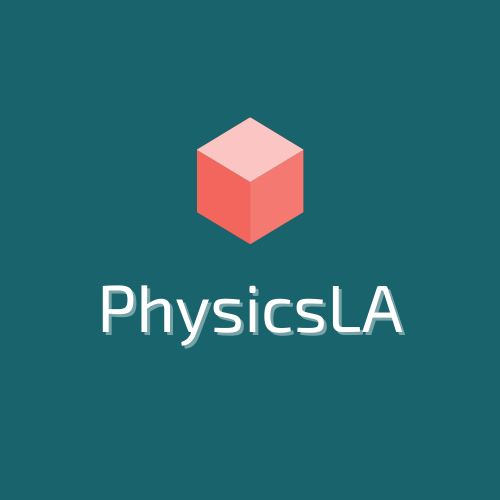Recognizing the Characteristics of Collaborative Knowing
In today’s increasingly interconnected globe, the ability to work collaboratively is an important ability. As traditional academic standards evolve to satisfy the needs of the 21st century, collaborative understanding becomes an essential principle. This write-up explores the complexities of collaborative knowing, exploring its benefits, methods, and challenges, while offering understandings into how it shapes modern education.
Joint learning exceeds just collaborating.

It symbolizes an academic strategy where people engage in a cumulative effort to acquire knowledge, address troubles, and accomplish a typical goal. This method emphasizes the worth of variety in idea and promotes deeper understanding through interaction and shared experience.
The Advantages of Collaborative Understanding
Collective discovering uses a myriad of benefits, making it a favored approach in academic settings around the world. Among the primary advantages is the enhancement of important believing abilities. As learners involve with peers, they are subjected to various viewpoints, urging them to review and evaluate information extra seriously.
Another significant advantage is the improvement in interaction abilities. Collective understanding atmospheres require energetic listening, express expression of concepts, and considerate discourse. These abilities are indispensable, not just academically, but in expert and social contexts as well.
Cognitive growth is additionally especially boosted via collaborative initiatives. Interacting calls for learners to verbalize their reasoning, difficulty assumptions, and incorporate different perspectives, causing deeper cognitive handling and retention.
- Boosted essential assuming
- Enhanced interaction abilities
- Boosted cognitive advancement
- Higher retention rates
- Fostering of social and leadership skills
The collective effect of these benefits is an extra alternative instructional experience. Learners not only obtain knowledge yet additionally develop crucial life skills that prepare them for future joint ventures in any area.
Methods for Reliable Collaborative Understanding
Implementing joint understanding efficiently calls for thoughtful approach and planning.

Educators needs to create a setting conducive to cooperation, where students really feel risk-free and inspired to participate honestly. Below are some strategies that can promote successful collaborative knowing experiences.
To start with, developing clear objectives and assumptions is extremely important. When learners recognize the goals and their functions within the team, they are most likely to involve meaningfully. Educators ought to interact these purposes clearly and ensure they are aligned with the educational program.
Secondly, making use of diverse group frameworks can enrich the discovering experience. By differing team composition, whether by ability level, passion, or history, educators can boost dynamic interactions and a much more thorough understanding of the product.
Challenges in Collaborative Knowing
While collective learning uses countless benefits, it is not without its difficulties. One usual concern is the disparity in team participant participation. Some people might dominate discussions, while others might be less likely to add, bring about a discrepancy in the learning experience.
- Diverse degrees of participation
- Possible for problem
- Time administration problems
- Diverse degrees of dedication
Furthermore, problems can occur due to differing opinions, working designs, or misunderstandings. Educators has to be outfitted to manage these problems successfully, cultivating an atmosphere where respectful discussion prevails.
The Role of Technology in Collaborative Knowing
In the electronic age, technology plays a crucial role in facilitating joint learning. Online systems break geographical obstacles, allowing individuals from diverse locations to team up in actual time. These tools provide a multitude of functions that improve collaborative efforts, from shared records and conversation online forums to virtual meeting rooms.

Modern technology not just widens the extent of who can take part in joint knowing however likewise enriches the quality of communication. Learners can access a broader series of resources, involve with interactive material, and apply their expertise in ingenious methods.
Future of Collaborative Understanding
Looking ahead, the future of collective understanding shows up appealing. As educational institutions remain to welcome modern technology and introduce instructional strategies, collaboration will likely become a foundation of finding out experiences in any way degrees of education and learning.
Inevitably, the academic q&a network significance of collaborative knowing lies in its capacity to empower individuals through shared initiative and mutual understanding. As we move on, growing these experiences will be vital in preparing students not just to be successful academically, yet to flourish in a facility, interconnected globe.


